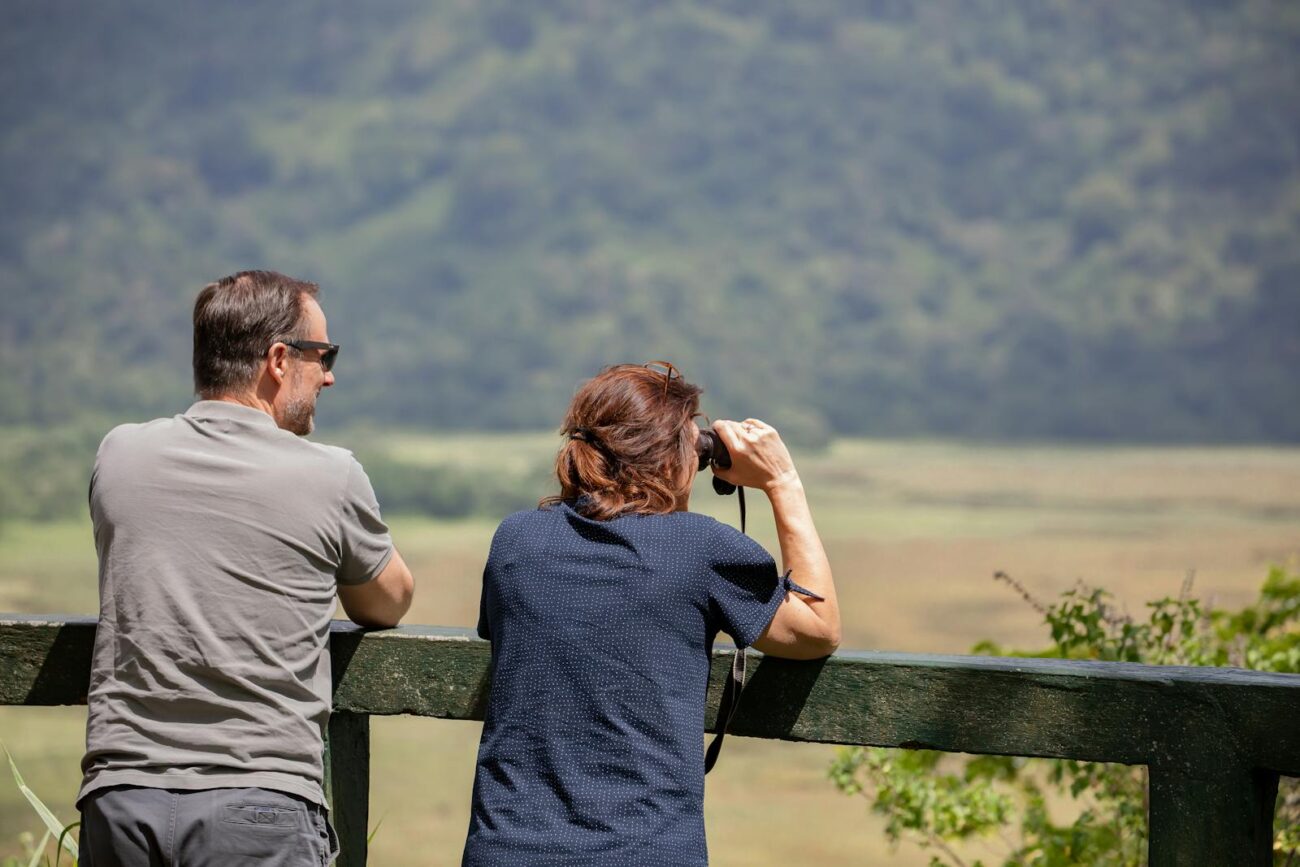Wild animal encounters can be both thrilling and terrifying. Whether you’re hiking in bear country, swimming in shark-inhabited waters, or simply exploring your local park, knowing how to react when faced with wildlife can mean the difference between a memorable experience and a dangerous situation. This comprehensive guide will help you understand animal behavior, recognize warning signs, and make informed decisions about when to remain calm and when a hasty retreat is your safest option.
Understanding Animal Behavior Basics

Most wild animals prefer to avoid human interaction and will only become aggressive when they feel threatened, cornered, or are protecting their young or territory. Learning to read animal body language is crucial for interpreting whether an animal is merely curious, defensive, or preparing to attack. Animals typically give warning signals before attacking, such as changes in posture, vocalizations, or displays that communicate their discomfort with your presence. Understanding these cues requires familiarity with species-specific behaviors, as what constitutes a warning from a bear differs significantly from that of a snake or mountain lion. Remember that all wild animals, regardless of size, deserve respect and space—even seemingly harmless creatures can become dangerous when they feel threatened.
Bear Encounters: Black vs. Grizzly
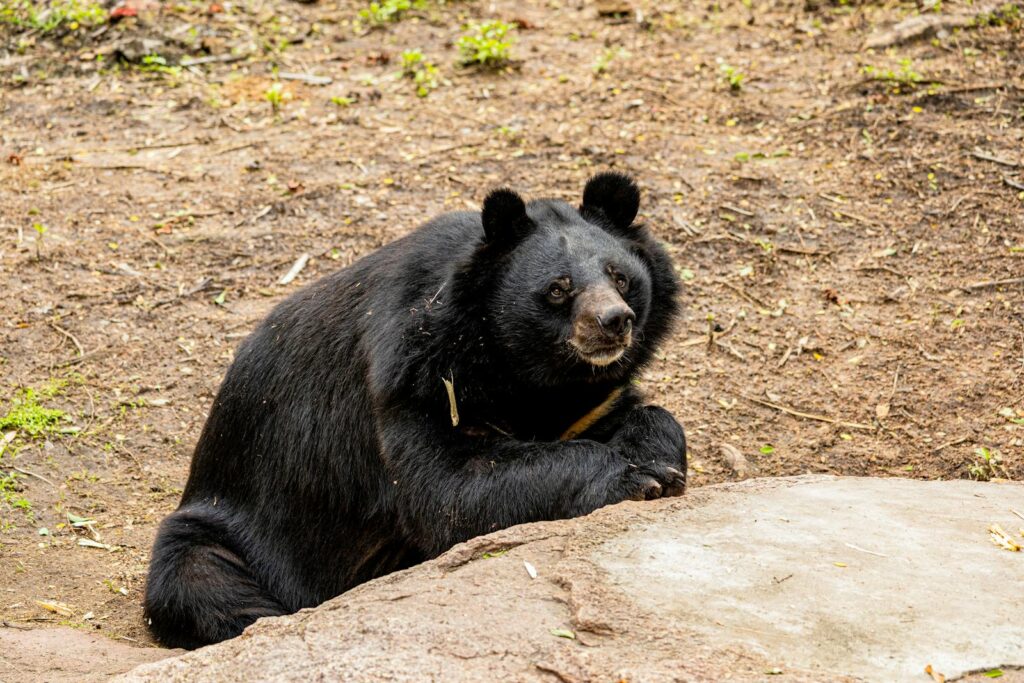
When encountering bears in the wild, your response should differ depending on the species. With black bears, making yourself appear larger, making noise, and standing your ground is often effective—these bears are more likely to be bluffing and may retreat when challenged. In contrast, grizzly bears require a different approach; avoid direct eye contact, speak calmly, and slowly back away while keeping the bear in sight. If a black bear attacks, it’s often predatory in nature, so fighting back with whatever means available is recommended. For grizzly attacks, which are typically defensive, playing dead is your best strategy—lie flat on your stomach with hands clasped behind your neck and legs spread to prevent being rolled over. The differences in response strategies make proper bear identification an essential wilderness skill for hikers in bear country.
Snake Encounters and Safety Protocols

When you encounter a snake in the wild, your first action should always be to stop moving and assess the situation from a safe distance. Most snakes, even venomous ones, will not attack unless they feel threatened, so giving them space and a clear escape route is crucial. If you spot a snake on a trail, either wait for it to move away or make a wide detour around it, staying at least six feet away. Never attempt to move, touch, or kill a snake, regardless of whether you believe it’s venomous—misidentification is common even among experienced outdoors people. If you’re hiking in snake country, preventative measures like wearing closed-toe shoes, long pants, and staying on clear paths significantly reduce your risk of dangerous encounters or bites.
Mountain Lion Safety Strategies
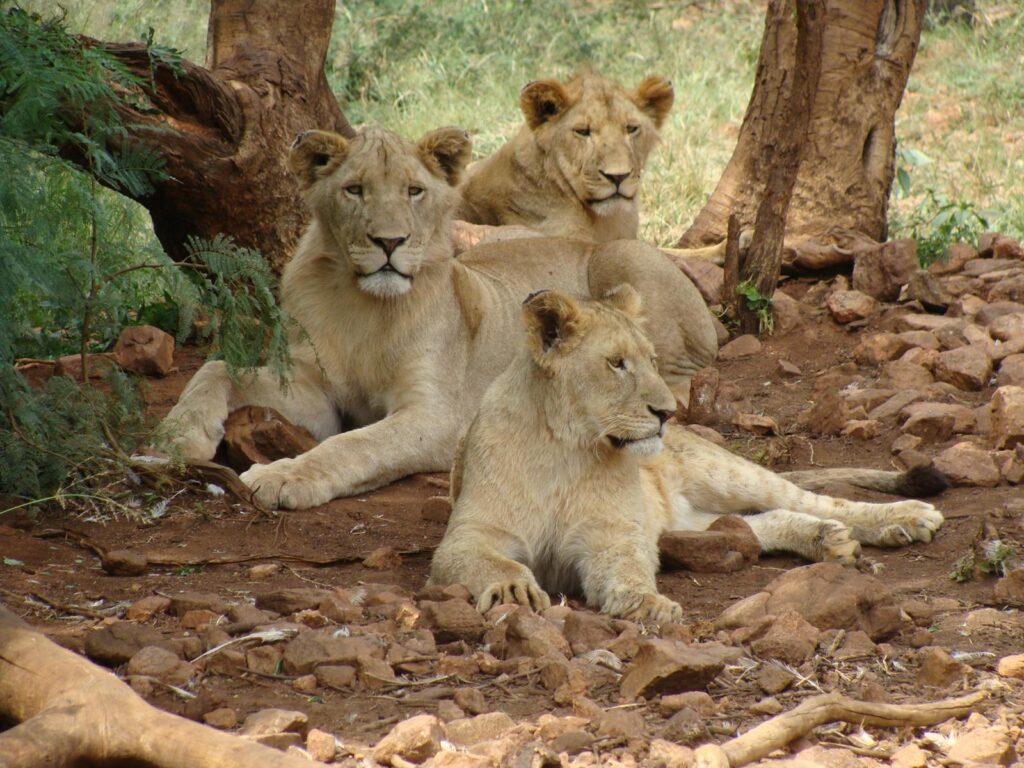
Mountain lion encounters are rare but require specific response tactics to ensure safety. If you spot a mountain lion, immediately make yourself appear as large as possible by raising your arms, opening your jacket if you’re wearing one, or lifting children onto your shoulders. Maintain direct eye contact with the cat, speak firmly in a loud voice, and if possible, slowly back away while continuing to face the animal. Never run from a mountain lion, as this can trigger their chase instinct, making an attack more likely. In the unlikely event of an attack, fight back aggressively using whatever tools are available—sticks, rocks, even your bare hands if necessary—targeting the animal’s eyes and nose. Mountain lions typically test potential prey before committing to an attack, so convincing the cat you’re dangerous, not prey, is your primary goal.
Shark Encounters While Swimming

When encountering a shark while in the ocean, maintaining calm is paradoxically your best defense. Rapid, erratic movements can mimic the behavior of injured prey animals, potentially triggering a shark’s predatory response. If you spot a shark while swimming, maintain visual contact with it while slowly and smoothly making your way toward shore or a boat without splashing or creating commotion. Should a shark approach you closely, experts recommend using a hard object to strike its sensitive nose, eyes, or gills if contact seems imminent. Prevention remains the most effective strategy—avoid swimming at dawn, dusk, or night when sharks are most active, stay away from areas with fishing activity, and remove shiny jewelry that might resemble fish scales in the water. Understanding that most sharks have little interest in humans as prey can help maintain perspective during these rare encounters.
Canine Confrontations: Domestic and Wild
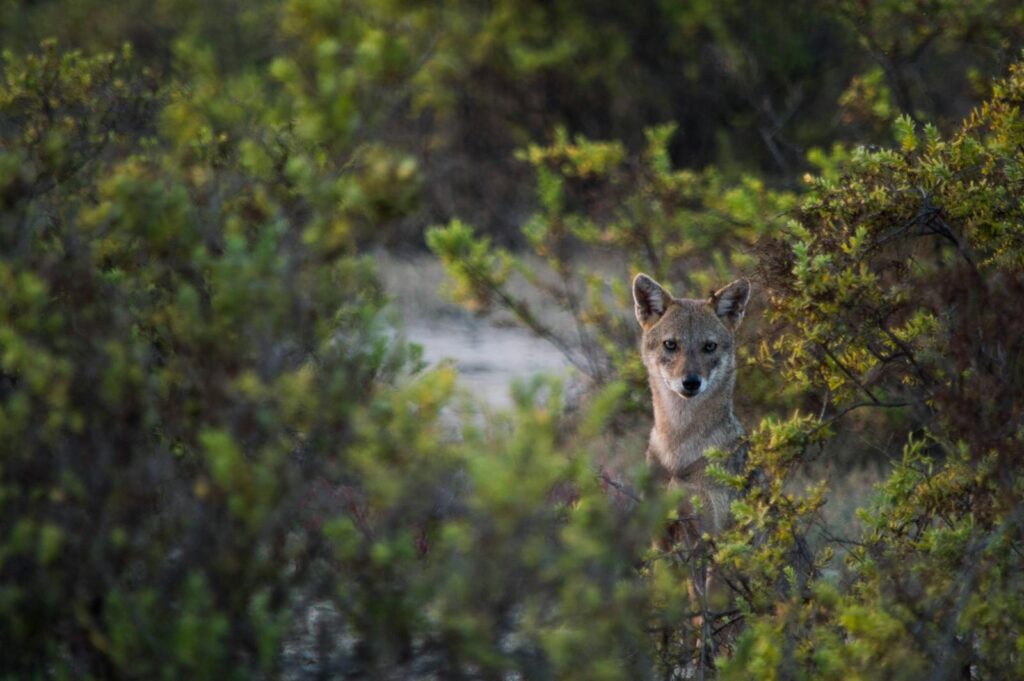
Dog encounters, whether with domestic pets or wild canids like coyotes, require careful handling to prevent escalation. With an approaching domestic dog, resist the urge to run, scream, or make direct eye contact, as these actions can intensify the dog’s aggression or prey drive. Instead, stand still with your hands at your sides (“be a tree”) or slowly back away while keeping the dog in your peripheral vision. For wild canids like coyotes, maintaining distance is key—make yourself appear larger, make noise, and throw objects near (not at) the animal if it approaches too closely. If a dog attack seems imminent, try to place something between you and the animal—a backpack, jacket, or stick—to serve as a barrier. Remember that both domestic and wild canines typically give warning signals before attacking, including stiff posture, raised hackles, and bared teeth, which provide crucial seconds to implement safety strategies.
Moose and Elk: Underestimated Dangers

Moose and elk are often underestimated in terms of danger, yet they cause more injuries in some regions than bears or wolves. These massive ungulates, particularly moose, can be extremely territorial and aggressive, especially cows with calves or bulls during rutting season. Warning signs of an agitated moose include laid-back ears, raised hackles, and a lowered head—if you observe these behaviors, create distance immediately by hiding behind a substantial tree or other barrier. Unlike with predators, running from a charging moose is actually recommended if no shelter is available, as they typically chase only for short distances and aren’t pursuing you as prey. Always give moose and elk a wide berth of at least 50 yards, even when they appear calm, as their behavior can change rapidly with little warning. Their massive size—with adult moose weighing up to 1,500 pounds—means that even a defensive kick or charge can cause devastating injuries.
Primate Encounters Around the World
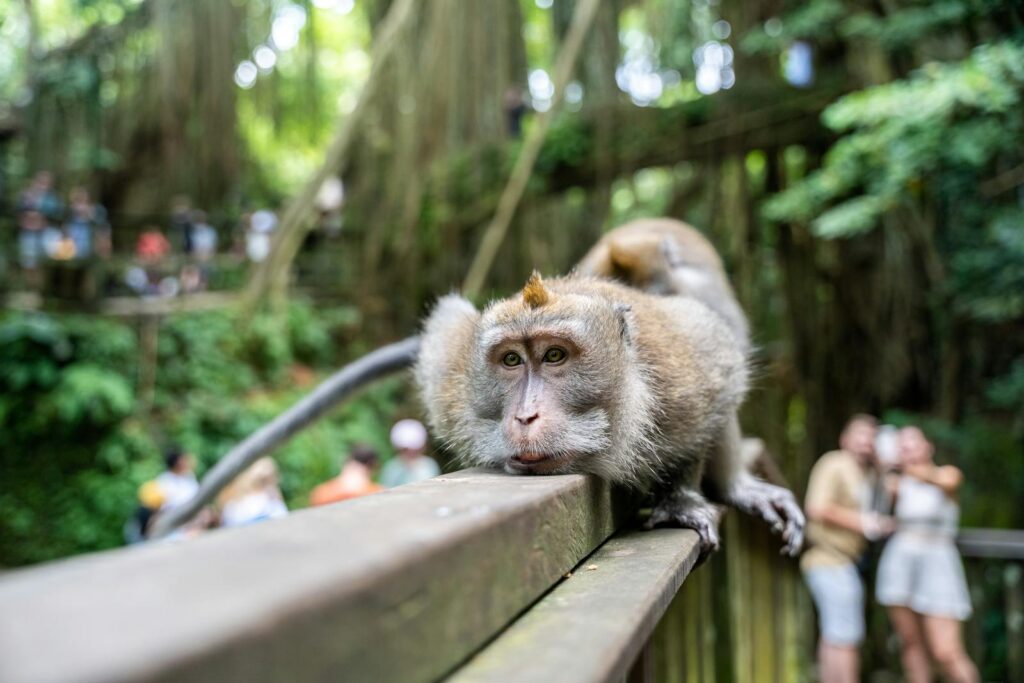
Encounters with wild primates present unique challenges due to their intelligence and social complexity. When encountering monkeys or apes, avoid direct eye contact, which many primate species interpret as a challenge or threat. Never display food or attempt to feed wild primates, as this encourages aggressive behavior and dangerous habituation to humans. If a monkey approaches you, remain calm and either stand your ground or back away slowly without turning your back, depending on the species and context. In macaque-populated areas of Asia, showing teeth in a smile can be misinterpreted as a threat display, so be mindful of your facial expressions during encounters. Understanding that many primates live in hierarchical social groups helps explain why seemingly unprovoked aggression may occur—you might have unknowingly violated local primate etiquette or territory boundaries.
Dangerous Marine Life Beyond Sharks

Ocean encounters with dangerous marine life extend well beyond the well-publicized shark risks. Jellyfish, stingrays, lionfish, and sea snakes all present potential hazards to swimmers and divers. When encountering stingrays, shuffling your feet while wading helps alert these bottom-dwellers to your presence, preventing accidental stepping and subsequent stinging. For jellyfish, maintain distance when possible, and if swimming in jellfish-prone waters, consider protective clothing like rash guards or wetsuits. If you spot colorful, elaborate fish like lionfish while diving, admire from a distance as their beautiful spines contain powerful venom. With all marine life, the cardinal rule is no touching—even apparently harmless creatures may have defensive mechanisms or behaviors that can cause injury. Remember that in marine environments, you are the visitor, and giving all creatures respectful space is both the safest approach and best environmental practice.
Bison, Buffalo and Cattle Encounters

Large herd animals like bison, buffalo, and cattle are responsible for numerous injuries to tourists and hikers who underestimate their speed, power, and territorial nature. Despite their massive size and seemingly docile behavior when grazing, bison can charge at speeds up to 35 mph and are surprisingly agile. Warning signs of agitation include tail raising, pawing the ground, head tossing, and snorting—if you observe these behaviors, create immediate distance by slowly backing away. National park guidelines recommend maintaining at least 25 yards (23 meters) from bison and other large mammals, though many experts suggest even greater distances. Never position yourself between a mother and her calf or approach bulls during mating season, as these scenarios dramatically increase the risk of charging behavior. If charged by a bison or similar large hoofed animal, running in a zigzag pattern is ineffective—instead, seek substantial cover like a vehicle or large tree as quickly as possible.
Insect and Arachnid Defense Strategies

Encounters with venomous insects and arachnids require specific knowledge and responses to minimize risk. When spotting potentially dangerous spiders like black widows or brown recluses, maintain distance and never attempt to handle them, even with tools. For bee or wasp encounters, slow, smooth movements are essential—rapid swatting or running often intensifies their defensive response. If you disturb a nest or hive, cover your face (particularly eyes and mouth) while calmly but quickly leaving the area in a straight line. For scorpions in desert regions, preventative measures like shaking out shoes before wearing them and keeping sleeping bags closed when not in use significantly reduce sting risks. Always remember that most venomous creatures prefer avoiding human interaction and typically only sting or bite when they feel directly threatened or cornered. In regions with disease-carrying insects like mosquitoes or ticks, appropriate repellents and protective clothing remain your best defense against the true danger—the pathogens they may transmit.
Wildlife Photography: Balancing Shots and Safety

Wildlife photography often leads enthusiasts into potential animal encounters, creating unique safety considerations. The desire for the perfect shot can cloud judgment about appropriate distances and behavior around wild animals. Always prioritize maintaining recommended safety distances over capturing closer images—professional wildlife photographers use specialized long lenses precisely to avoid disturbing or endangering their subjects. Never approach animals for better photos or attempt to manipulate their behavior through calls, sounds, or food to create more “interesting” compositions. Remember that some animals may interpret direct camera pointing as threatening, particularly if your movement is sudden or you’re using flash photography. Consider using telephoto lenses, blinds, or remote trigger systems that allow you to maintain safer distances while still capturing compelling wildlife images. The most ethical wildlife photographers understand that if their presence is altering an animal’s natural behavior, they’re already too close.
Teaching Children Wildlife Safety
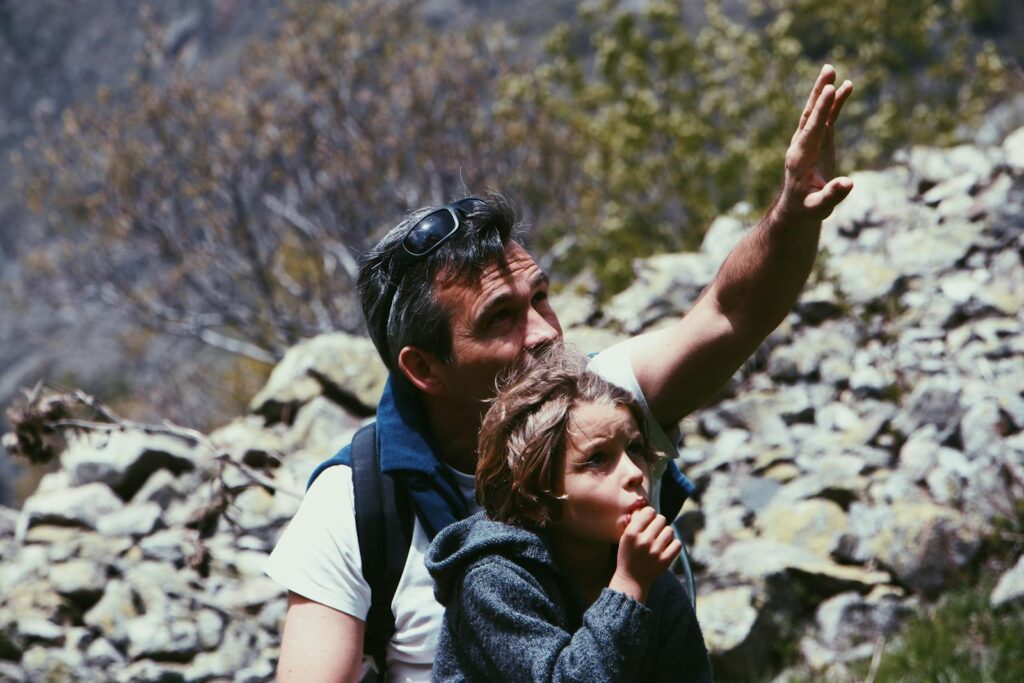
Educating children about wildlife safety requires age-appropriate strategies that balance awareness with excessive fear. For young children, simple rules like “no touching wild animals” and “tell an adult if you see an animal” provide clear guidance without overwhelming details. As children grow older, teaching them to recognize common warning signs across species—like hissing, growling, or raised hair—helps develop their situational awareness. Role-playing different animal encounter scenarios can reinforce proper responses, such as backing away slowly or standing still depending on the species. Emphasize to children that wild animals aren’t “mean” when they display defensive behaviors—they’re simply protecting themselves because they’re scared, much like people might be. Creating a foundation of respect for wildlife rather than fear helps children develop both appreciation for nature and appropriate caution when exploring the outdoors. Remember that children often mimic adult behavior, so modeling proper wildlife viewing distances and respect is perhaps your most effective teaching tool.
When Rabies Is a Concern

Abnormal behavior in wild animals, particularly unusually bold or aggressive approaches by typically shy species like foxes, raccoons, or skunks, should raise immediate rabies concerns. Animals infected with rabies often exhibit strange behaviors such as daytime activity in nocturnal species, apparent disorientation, unprovoked aggression, or unusual fearlessness around humans. If you encounter an animal displaying these warning signs, create maximum distance immediately and report the sighting to local wildlife authorities. Any bite or scratch from a wild mammal should be treated as a potential rabies exposure requiring immediate medical attention—the disease is nearly always fatal once symptoms develop, but post-exposure prophylaxis is highly effective when administered promptly. In regions with high rabies prevalence, avoid any direct contact with wild mammals, regardless of how young, injured, or unthreatening they may appear. Remember that rabies can infect all mammals, including seemingly harmless species like bats, which account for the majority of human rabies cases in many developed countries despite their small size and generally beneficial nature.
Conclusion
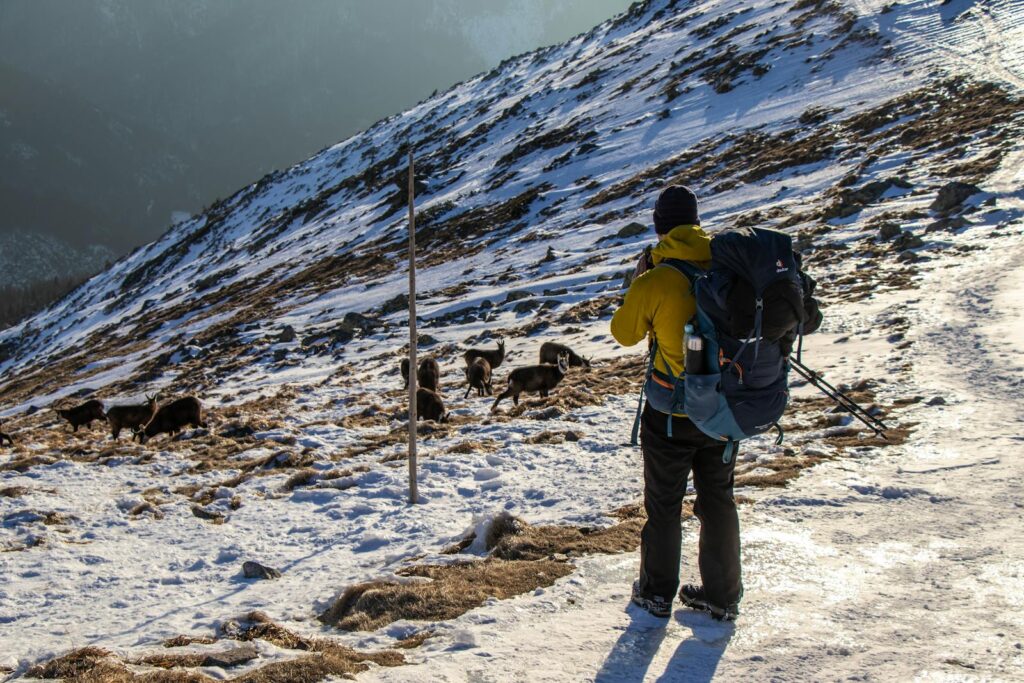
Wild animal encounters represent both the privilege and responsibility of sharing our planet with diverse species. By understanding animal behavior, recognizing warning signs, and knowing appropriate responses, we can enjoy wildlife viewing while minimizing risks to both ourselves and the animals we encounter. Remember that most wildlife wants to avoid human interaction—respecting this preference by maintaining distance and practicing non-intrusive observation creates safer experiences for everyone involved. Whether you’re a hiker, photographer, or casual nature enthusiast, the fundamental principles of wildlife safety remain consistent: stay informed, stay aware, and always prioritize safety over perfect experiences or images.

